Buy the photo The endless path with colour by Stephan Scheffer on canvas, ArtFrame, poster and wallpaper, printed on demand in high quality.
About "The endless path with colour"
by Stephan Scheffer
About the artwork
The wild hyacinth or wood hyacinth (Hyacinthoides non-scripta, in older literature often Scilla non-scripta) is a plant in the asparagus family, The plant received its scientific name in 1753 from Carl Linnaeus, who placed it in the genus Hyacinthus in his publication Species plantarum as Hyacinthus non-scriptus.
The leaves are line-lanceolate, long and 0.3-1 cm wide.
The fragrant flowers are tubular to slightly bell-shaped and have yellow anthers. Only the tips of the tepals are recurved. The flowers are clustered in clusters, drooping to one side. White specimens are often found. Pink forms are rarer. The fruit is egg-shaped; the seeds are black.
Its favourite habitat is in deciduous forests. The plant propagates by seed formation and vegetatively by adhering bulbs.
The plant is native to western Europe,In the Netherlands it is found mainly in the inner dunes. The plants found in the Netherlands are usually taken to have originated from the bastardisation of Hyacinthoides non-scripta and Hyacinthoides hispanica, both of which probably do not occur in pure form (anymore). Although locally one can find some plants with apparently 'pure' characteristics of one of the parent species, it seems better to conceive such plants as the extreme forms of the perfectly fertile hybrid swarm of the original species

About Stephan Scheffer
I love to go out into nature and do landscapes and macro photography.
and also likes to follow Workshops to create unique footage,
I would also be very honoured if my work were to hang on the wall at your place to add a little more colour to your interior...
Read more…
 Netherlands
Netherlands Ordered in July 2024
Ordered in July 2024
 Netherlands
Netherlands Ordered in March 2018
Ordered in March 2018

 Netherlands
Netherlands Ordered in January 2017
Ordered in January 2017
 Germany
Germany Ordered in June 2025
Ordered in June 2025
 Germany
Germany Ordered in March 2022
Ordered in March 2022
 Netherlands
Netherlands Ordered in February 2020
Ordered in February 2020
 Netherlands
Netherlands Ordered in February 2019
Ordered in February 2019
 Netherlands
Netherlands Ordered in October 2020
Ordered in October 2020
 Netherlands
Netherlands Ordered in December 2017
Ordered in December 2017
 Netherlands
Netherlands Ordered in August 2025
Ordered in August 2025
 Germany
Germany Ordered in April 2020
Ordered in April 2020
 Germany
Germany Ordered in September 2023
Ordered in September 2023
About the material
ArtFrame™
Interchangeable Art Prints
- High-quality print
- Easily interchangeable
- Acoustic function
- Large sizes available
Discover the artworks of Stephan Scheffer
 Black and whiteStephan Scheffer
Black and whiteStephan Scheffer Long-eared owlStephan Scheffer
Long-eared owlStephan Scheffer Street in NewcastleStephan Scheffer
Street in NewcastleStephan Scheffer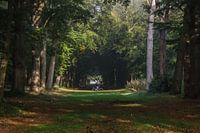 Cycling in the early morning.Stephan Scheffer
Cycling in the early morning.Stephan Scheffer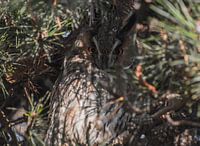 The Long-eared OwlStephan Scheffer
The Long-eared OwlStephan Scheffer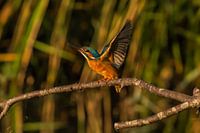 Kingfisher in the early morning lightStephan Scheffer
Kingfisher in the early morning lightStephan Scheffer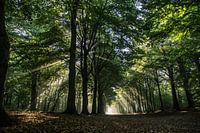 ZonnesterStephan Scheffer
ZonnesterStephan Scheffer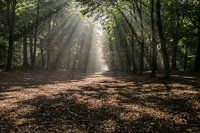 Beautiful sunlight through the treesStephan Scheffer
Beautiful sunlight through the treesStephan Scheffer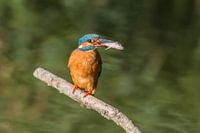 Kingfisher with a nice fishStephan Scheffer
Kingfisher with a nice fishStephan Scheffer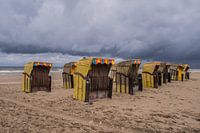 No beach againStephan Scheffer
No beach againStephan Scheffer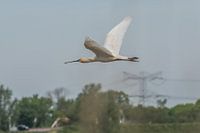 Spooner in flightStephan Scheffer
Spooner in flightStephan Scheffer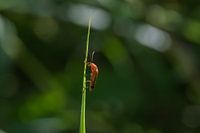 The red-skinned beetleStephan Scheffer
The red-skinned beetleStephan Scheffer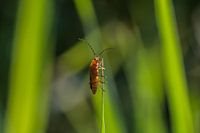 Nice and stubbornStephan Scheffer
Nice and stubbornStephan Scheffer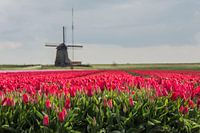 Tulips and MillStephan Scheffer
Tulips and MillStephan Scheffer European eagle owlStephan Scheffer
European eagle owlStephan Scheffer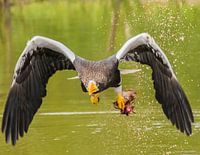 Steller's Osprey in flightStephan Scheffer
Steller's Osprey in flightStephan Scheffer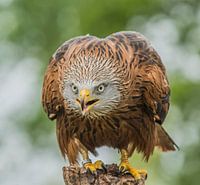 Angry Red Kite.Stephan Scheffer
Angry Red Kite.Stephan Scheffer The West TowerStephan Scheffer
The West TowerStephan Scheffer A little tiredStephan Scheffer
A little tiredStephan Scheffer ( Cherry) Blossom in full bloomStephan Scheffer
( Cherry) Blossom in full bloomStephan Scheffer
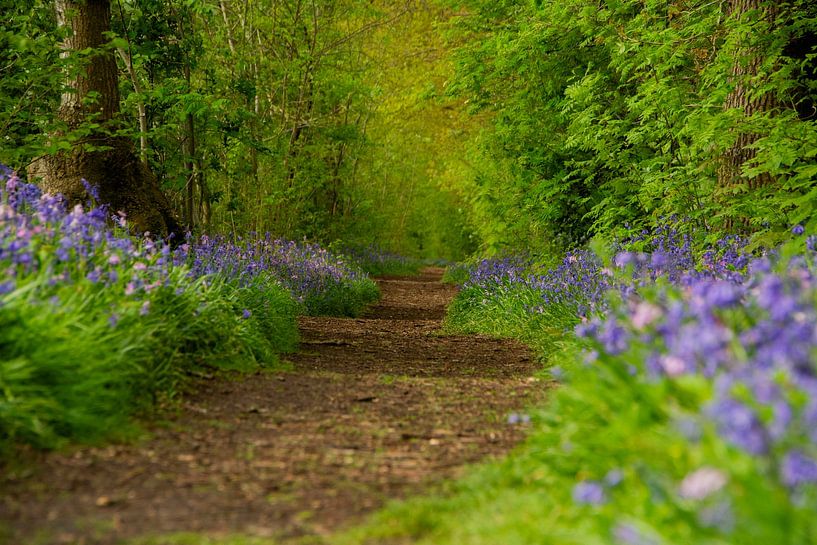





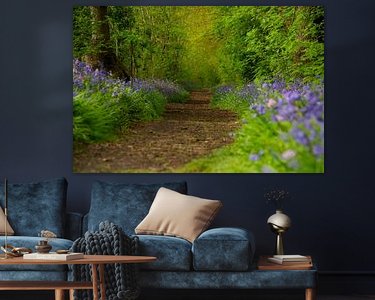

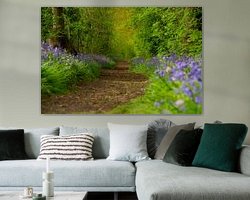
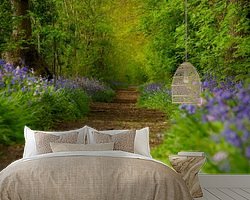



 Forest
Forest Hyacinth
Hyacinth Photo wallpaper
Photo wallpaper Photography
Photography Serene Peace
Serene Peace Spring
Spring









